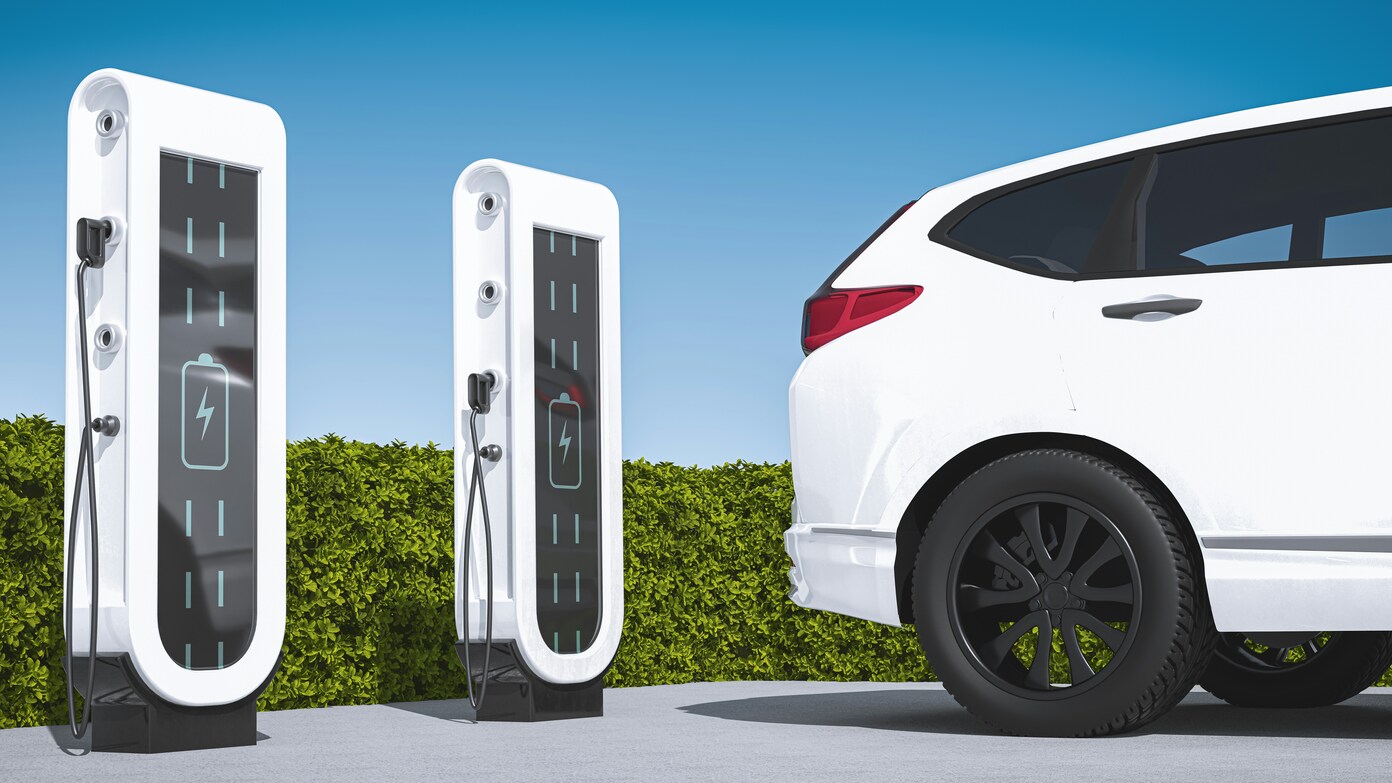Thinking about a used EV? Let’s talk about batteries (without the panic)
If you’re like me, your phone battery always gives up at the worst time — usually right before you need to show a boarding pass, pay for lunch, or call your ride. So, it’s natural to wonder: if my phone dies so fast, won’t an electric car battery do the same?
Good news: EV batteries are not just giant phone batteries. They’re built to last much longer—and the real-world data is far less scary than the rumours. Let’s break it down.
Why do EV batteries lose power over time?
All batteries lose a little juice as they age, but EVs have two main types of “wear and tear”:
1. Calendar aging – This happens even when the car isn’t moving. Lithium-ion batteries form a thin layer on their internal surfaces that slowly thickens over time, using up a bit of active material. Usually, this only costs you about 1–2% of capacity each year — more if you live somewhere blazing hot.
2. Cyclical aging – This happens when you actually use the car. Every time you charge and drive, the battery’s components flex and shift. Over many cycles, this reduces capacity a bit more.
Interestingly, batteries lose capacity fastest in their early miles — think the first 15,000–20,000 — then settle into a slower, steady decline. That’s why a low-mileage used EV may already have taken its biggest hit, but won’t keep degrading at that early pace.
So, how bad is it really?
Not bad at all. Tesla’s own data shows that after 200,000 miles, its Model 3 and Model Y batteries had only lost about 15% of their original capacity. The larger Model S and X lost even less — around 12%.
Put simply: even at a mileage where most cars are ready for the scrap yard, Teslas still have over 80% of their battery life left. Other studies back this up: a large dataset from AVILOO covering 7,000 EVs found most still had more than 80% capacity after nearly 200,000 miles.
And replacement? Very rare. A study of 15,000 EVs covering 250 million miles found that just 1.5% ever needed a new battery — and not all of those were due to degradation.
The exceptions (and what we learned)
If you’ve heard EV horror stories, they’re probably about the early Nissan LEAFs. These cars didn’t have active cooling systems, which made them vulnerable in hot climates. Their batteries really did degrade faster, and many had to be replaced.
But carmakers learnt their lesson. Now most EVs — from Tesla to Kia to Volkswagen — use liquid cooling to keep battery temperatures stable, which dramatically slows degradation.
Why do used EVs seem so cheap, then?
Here’s the funny part: EVs are often cheaper than gas cars on the used market, not because their batteries are falling apart, but because people think they’re falling apart. Add in the fact that new EV models keep improving — making slightly older ones seem less exciting — and you get steep discounts.
So buyers worried about battery life may actually be talking themselves out of a great deal.
Lab predictions are too pessimistic
Some early models (like the P3 SoH) tried to estimate battery life based on lab tests. The problem? Real-world EVs have battery management systems, temperature controls, and smarter charging routines that lab cells don’t.
A Nature Energy study showed that batteries in real cars last about 38% longer than those lab predictions. So, while charts might look scary, actual data from millions of drivers shows batteries are hanging in there just fine.
Can you slow battery ageing?
Yes! If you want to baby your EV battery:
- Avoid sitting at 100% or 0% charge — lithium batteries are happiest in the middle.
- Keep it cool — extreme heat is worse than cold. Parking in shade or garages helps.
- Don’t fast-charge every single time — it’s convenient, but slower charging is gentler.
Even if you ignore all of this, most modern EV batteries are designed to last longer than the car itself.
Read this later:
- Back-to-school shopping on a budget: here’s the surprising place people are finding bargains for the new school year
- Does receiving unemployment benefits affect SNAP eligibility?
- A Brooklyn man fails to pay a $5,000 bill and loses his home valued at $800,000: “We won’t rest until we get to the…
- Circle K offers a 40-cent discount on gasoline – Here are the 22 stores across the United States where you can request the discount
- Homeowners and renters can get a $14,000 rebate for home “improvements” — Here are the requirements to qualify for Texas ENERGY STAR
- How much does a receptionist earn on average in the United States in 2025 and what is the salary with allowances?

